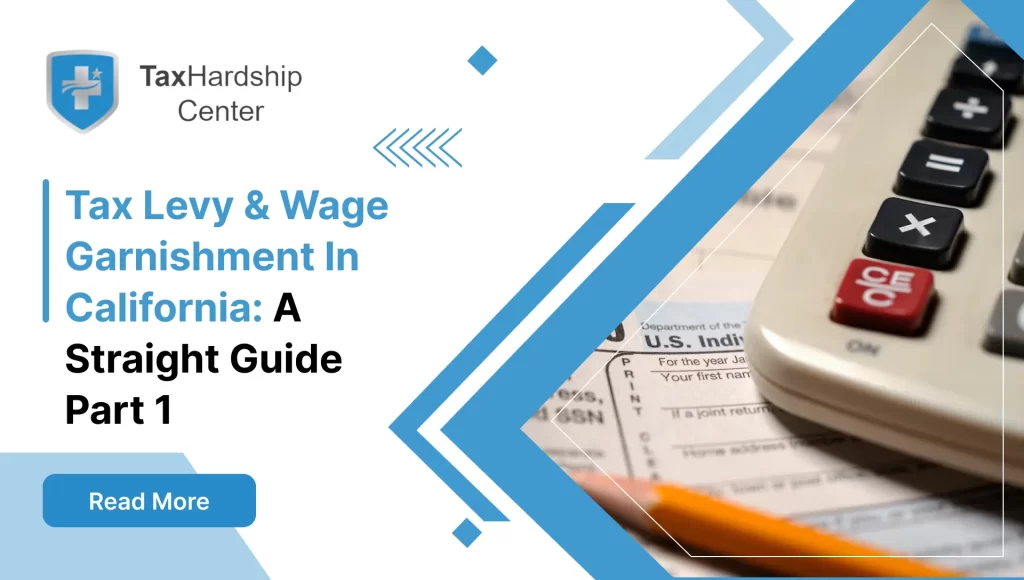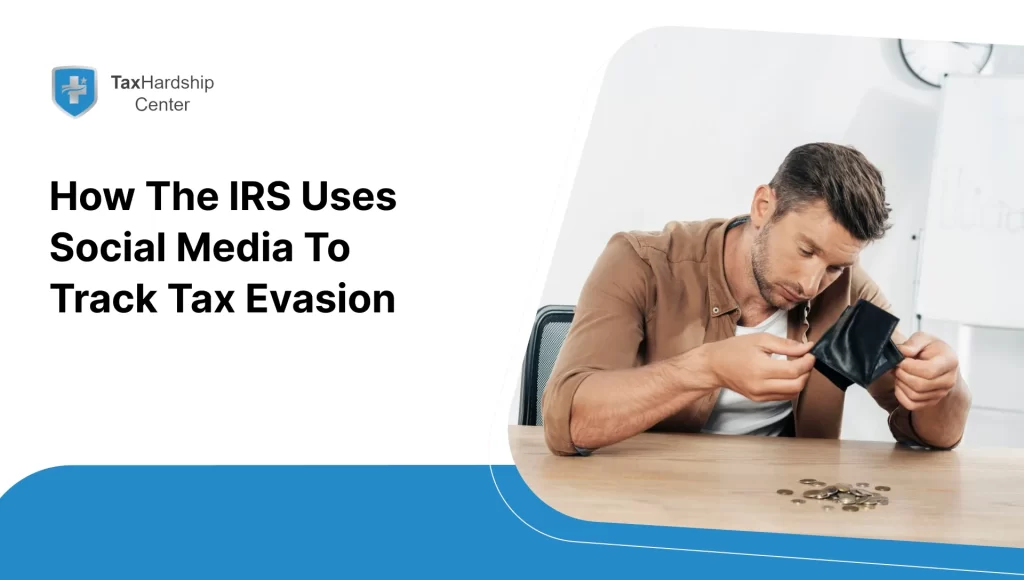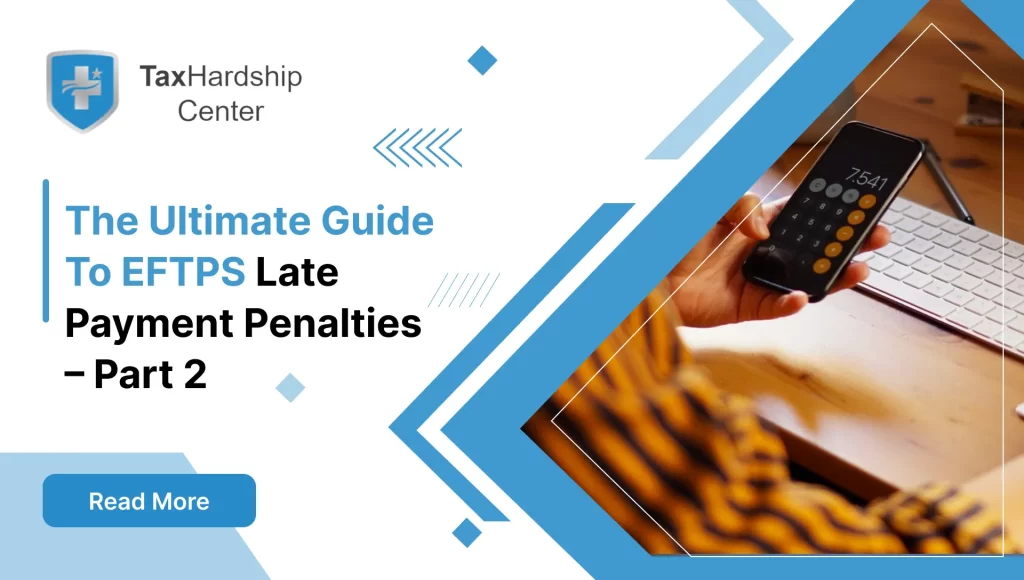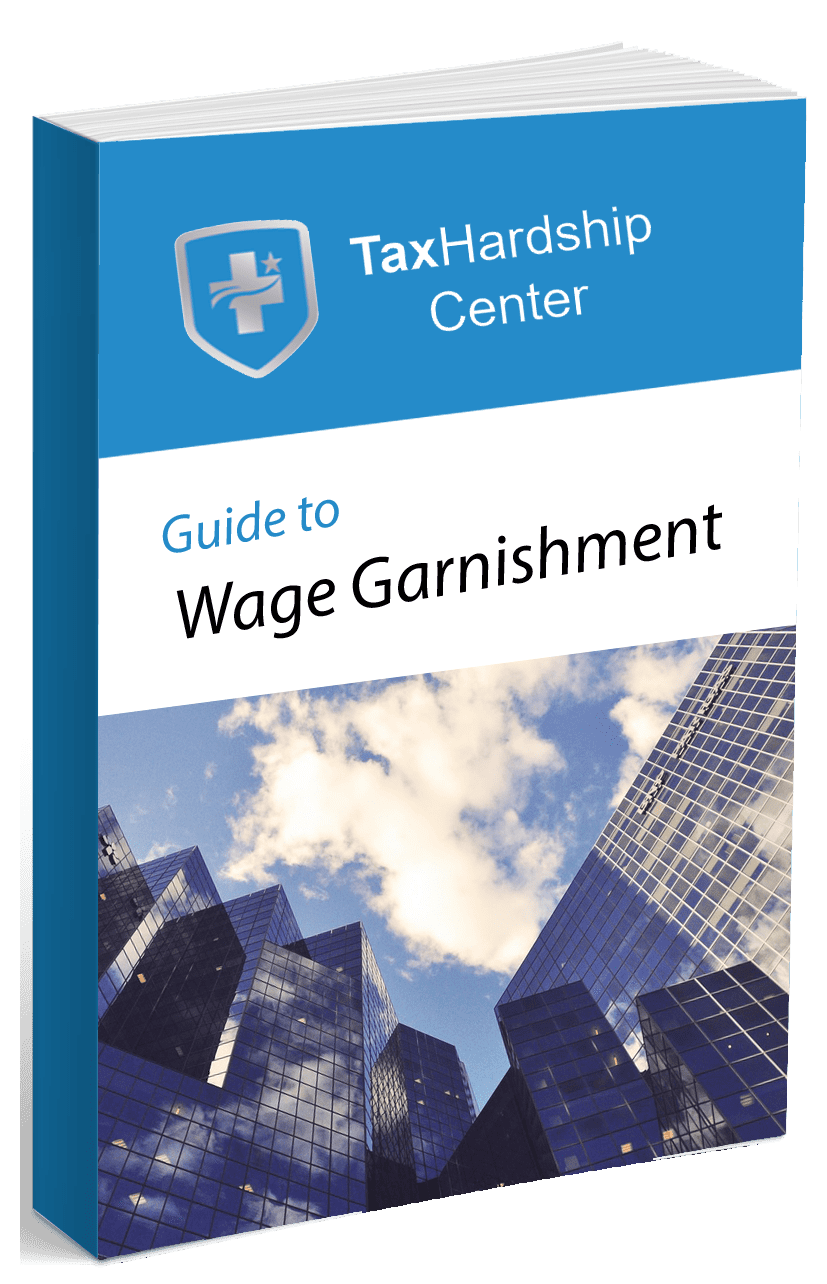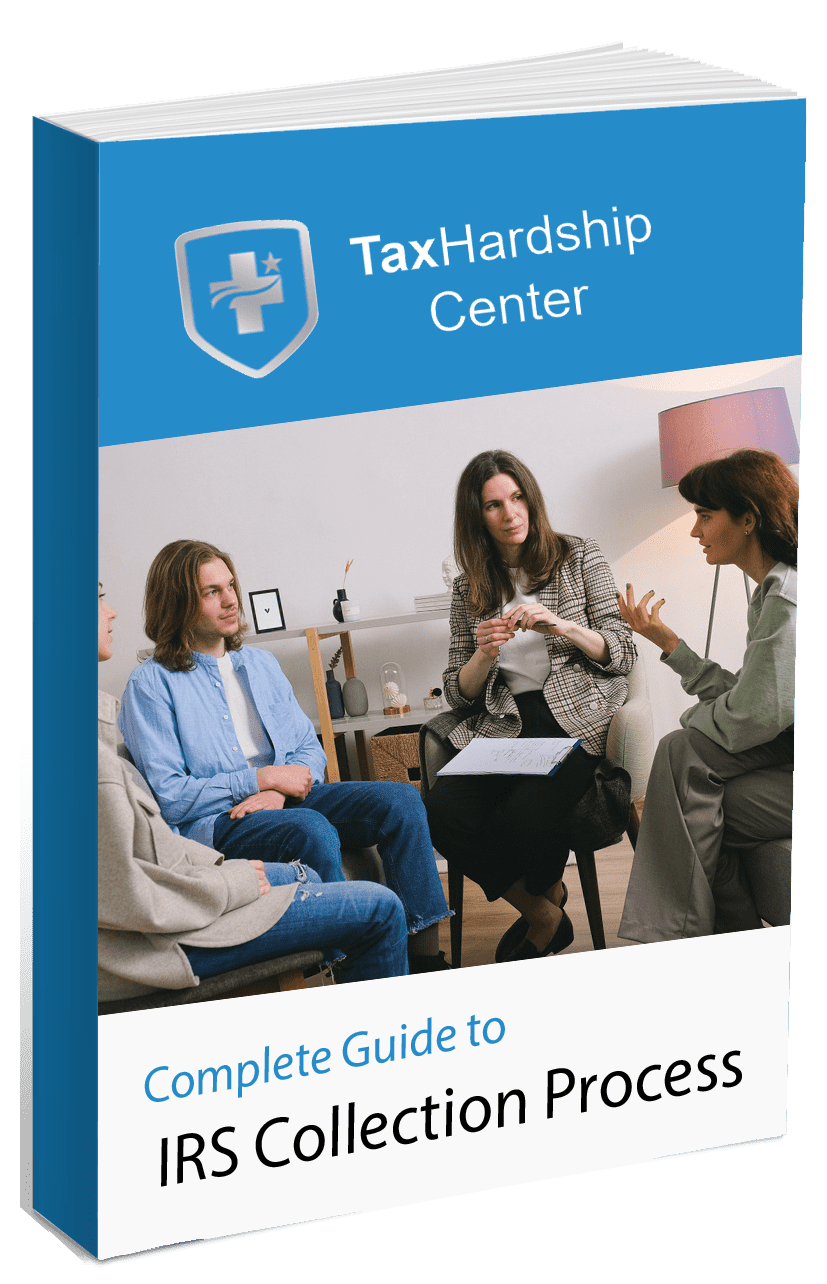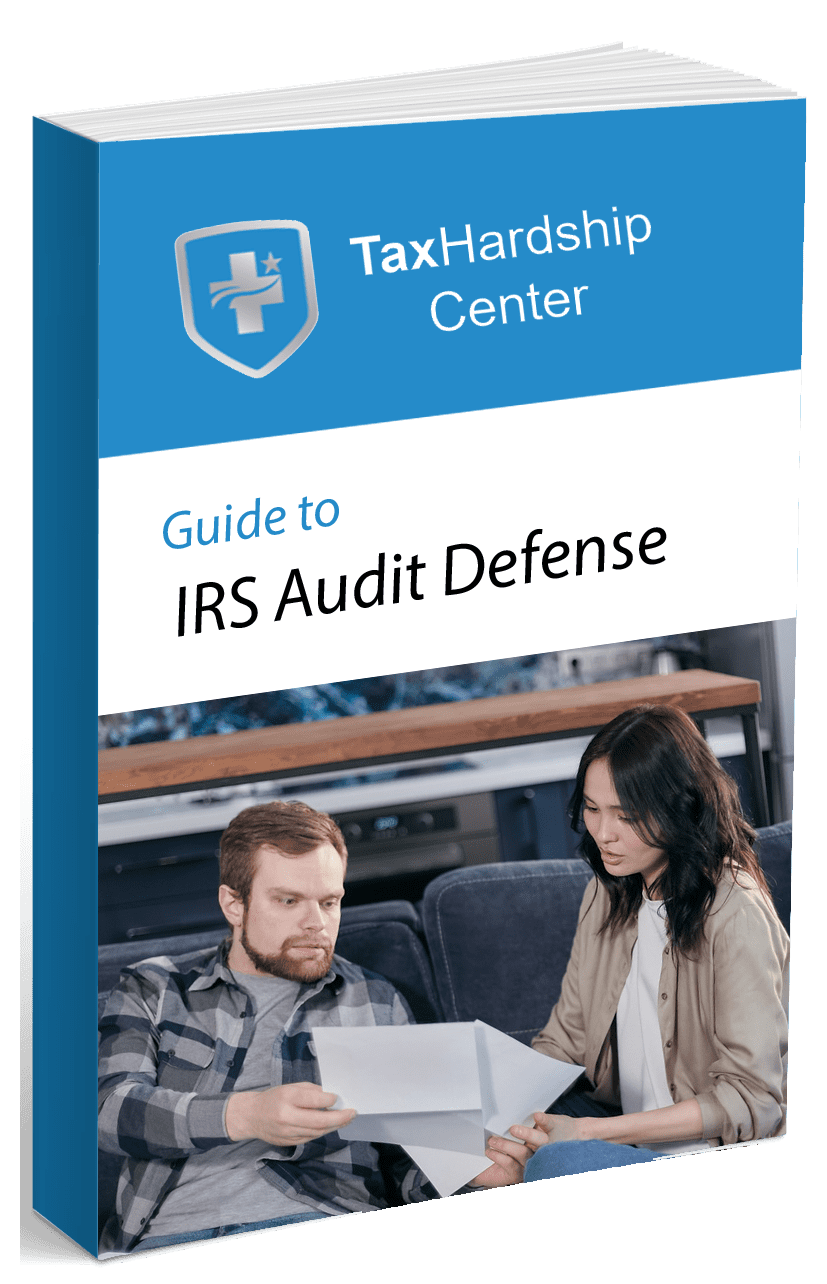Taxes can be a touchy topic, especially when unpaid balances lead to bigger problems like wage garnishment or a formal levy on personal property. California law aims to enforce tax obligations through a process that can feel disruptive. Yet understanding how it works reduces tension and provides options for those facing tax bills. This guide explains what a tax levy and garnishment mean in California, how they differ, the authorities involved, and the steps to address potential garnishments. Let’s explore the rules, the impact on your paycheck, and the best ways to keep a tax agency from freezing or seizing your assets.
What Is a California Tax Levy and Garnishment?
A California tax levy and wage garnishment are both collection actions. They relate to unpaid state taxes, though the terms sometimes apply to federal or other local debts. If someone owes a tax debt, state agencies can dip into personal property or income until that debt is satisfied. In California, the Franchise Tax Board (FTB) typically enforces these actions. The following sections describe how tax levies and garnishments work and what they might mean for your finances.
Understanding Tax Levies and How They Work
Tax levies allow a tax agency to take hold of your personal property, financial accounts or other assets. The levy can include money from bank accounts, cars, real estate or other valuables. When the FTB issues a levy, it often contacts the financial institution or the entity holding your assets. After receiving the notice, that institution must hold or remit the funds to the FTB instead of letting you withdraw them.
Levy actions often stem from unpaid state income taxes or other state liabilities, such as vehicle registration fees if they have gone unpaid for a significant period. Unlike wage garnishment, a levy can affect multiple assets at once. For instance, the FTB might seize funds from a bank account and also place a lien on personal property. The main goal is to collect the overdue balance as quickly as possible. In some cases, the FTB might also garnish wages in tandem with a levy, though a single method is more common at a time.
Key points about California tax levies
- They attach to personal or business bank accounts, vehicles or other assets.
- They generally require written notices to the asset holder and the taxpayer.
- They stay in effect until the debt is paid or released by the FTB.
Wage Garnishment: What It Means for Californians
Wage garnishment is a legal process that orders your employer to withhold part of your paycheck. The FTB can then claim those withheld amounts and apply them to your tax bill. Unlike a one-time bank levy, wage garnishment tends to be an ongoing deduction from your salary until the debt is cleared.
How it happens
- The FTB sends a garnishment notice to your employer.
- Your employer must comply with the notice by withholding the stated amount.
- Garnishment continues with each pay period until the debt is satisfied.
Wage garnishment can be unsettling if you rely on every dollar from your paycheck. However, understanding the process helps reduce that sting. In California, garnishment must comply with both federal and state laws that protect a certain portion of your disposable earnings. Agencies want to collect what’s owed, but they cannot leave you without enough money for basic expenses.
How Our Team at Tax Hardship Center Can Help With California Tax Levy Garnishment
At Tax Hardship Center, we understand how a California tax levy or wage garnishment can disrupt your life. We believe that everyone deserves a clear path to addressing state tax debt without harsh consequences. Our specialized team takes pride in offering a straightforward approach so you can regain control of your finances.
When you face a tax levy or garnishment, the immediate goal is to stop the collection process. We communicate directly with the California Franchise Tax Board (FTB) on your behalf. By doing so, we help prevent the seizure of bank account funds and limit the portion of your paycheck that might be withheld. Our team looks at your entire financial picture to see which options—like setting up a payment plan or exploring an Offer in Compromise—best fit your situation.
We focus on proactive strategies. If you spot signs of a potential levy or garnishment, contact us before these actions kick in. Our team guides you in paying the right amount of tax, reviewing your filings for missed deductions or credits, and making sure the FTB has accurate information. By acting early, you reduce the chance of forced collection and may even resolve the debt for less than you originally owed.
In some cases, you already have a levy in place. We still aim to minimize the impact by negotiating a manageable repayment schedule. Our professionals stay updated on state regulations and legislative changes, which helps us protect more of your income. California’s wage garnishment limits can work in your favor if approached with the right documentation.
Throughout the process, we strive to treat each client like a neighbor rather than a case file. At Tax Hardship Center, we listen to your concerns and customize our recommendations. You won’t find a one-size-fits-all method here. Instead, we blend practical know-how with personal attention.
Our clients often share how thankful they are to have our guidance when dealing with tense tax situations. We value these success stories because they remind us of our mission: to offer effective relief while treating you with respect.
If you’re ready for a better way to address tax levies and garnishments in California, contact our team at Tax Hardship Center. We look forward to helping you protect your wages and find a solution that makes sense for your circumstances.
Key Differences Between Levy and Garnishment
A tax levy and a wage garnishment both aim to collect unpaid taxes, but each method has distinct mechanics. Knowing these differences helps taxpayers assess their situation and decide the best approach. The next sections break down how each method targets your assets and which one is more commonly used in California.
How They Target Your Assets
A levy can lock onto multiple types of property. Bank accounts, retirement accounts, cars and real estate can be fair game. Once the state files a levy, those assets can be frozen or seized to pay off your tax debt. Funds that appear in your bank account after the levy’s issue date might also be subject to that levy.
A wage garnishment, on the other hand, targets your income specifically. It can be more predictable in its weekly or monthly deductions. Although wage garnishment only impacts your paycheck, that consistent slice of withheld income can feel burdensome.
Contrast in target scope
- Levy: Typically a one-time or repeated hold on assets like bank funds or property.
- Garnishment: Focuses on a continuous percentage or set amount from each paycheck.
Which One Is More Common in California?
Both are common, but garnishment often appears more frequently for state tax debts in California because it provides a steady stream of payments to the FTB. A bank levy can be more disruptive but is often used when the tax agency has reason to believe you have enough funds on hand to pay off or drastically reduce the debt.
The FTB may choose a levy if it detects a sizeable balance in a taxpayer’s account. If someone’s primary source of funds is regular wages with minimal account balance, a garnishment might make more sense. Both methods are legal means for the state to enforce unpaid taxes, and the FTB will choose the option that optimizes debt recovery.
The Role of the California Franchise Tax Board (FTB)
The FTB is the powerhouse behind state income tax collection in California. It oversees personal and corporate income tax, ensuring those who owe pay their share on time. When a taxpayer’s account shows an unpaid balance, the FTB has several means to push for payment. Tax levies and garnishments rank among its most forceful approaches, but they come into play only after attempts at voluntary compliance fail.
What Authority Does the FTB Have?
The FTB can impose liens, garnishments or levies against taxpayers who have unpaid state taxes. This authority stems from California law, which grants the FTB the legal right to collect what is owed. It can also work with other agencies, such as the Internal Revenue Service (IRS), when relevant. Though the FTB can be strict, it must still follow due process, including issuing notices and allowing time for response or resolution.
The law grants the FTB the power to:
- Enforce wage garnishments by notifying your employer
- Levy bank accounts by contacting your financial institution
- Place liens on properties that might be sold later
The FTB might use one or more of these methods to get the unpaid balance. It will typically send multiple notices and attempt to get the taxpayer’s attention well before executing these measures.
Common Reasons for FTB Levies and Garnishments
Unpaid state income tax is the main trigger. This might result from under-withholding, missing quarterly estimated payments or failing to file returns altogether. Other common reasons include ignoring or missing tax bill deadlines, letting penalties and interest accrue, or failing to engage with the FTB about a payment plan.
Sometimes, a taxpayer might not even realize the seriousness of an unpaid bill until the FTB starts sending stern notices. Once the FTB sees no progress, it may issue a final warning before taking direct collection action. Repetitive late payments or ignoring letters from the FTB increases the chance of garnishment or levy.
Procedures for Wage Garnishment in California
Wage garnishment doesn’t just happen without warning. Several steps must occur before the FTB can start collecting a chunk of your paycheck. Understanding these steps can give you time to work out arrangements before garnishment takes effect. Below are the key procedures that shape how garnishment unfolds in the Golden State.
How Does the Process Start?
- Tax Debt Confirmation: The FTB confirms the taxpayer has an outstanding balance.
- Demand for Payment: The FTB issues a demand letter, alerting the taxpayer about the debt and encouraging repayment.
- Notice of Intent: If the taxpayer ignores the demand or fails to resolve the balance, the FTB sends a notice stating it may garnish wages or levy assets.
- Employer Notification: The FTB then contacts the employer with a formal order to garnish wages.
At any point before this final notification, you can attempt to settle your account, request a payment plan or argue any errors. If you wait too long, garnishment could be set in motion.
Employer Responsibilities During Garnishment
When your employer gets the garnishment notice, they are obligated to comply. Refusal or delay can result in legal consequences for the employer. By law, the employer must withhold a portion of your paycheck as stated in the notice and send that sum to the FTB. Your employer will also inform you of the garnishment, but you should already have received notices before the FTB contacted them.
Employers are not allowed to fire or discriminate against you based on wage garnishment. California law protects employees from retaliatory actions. However, the garnishment does become part of the employer’s payroll process, which may cause some embarrassment. If you address the debt promptly, you can minimize that period of garnishment at your job.
How Disposable Earnings Are Calculated for Garnishment
“Disposable earnings” refers to the amount left in your paycheck after mandatory deductions. These mandatory deductions typically include federal and state taxes, Social Security, Medicare and any required state disability insurance. Once those are subtracted from your gross pay, what remains is fair game for garnishment—subject to both federal and California-specific limits.
For example, if you earn $2,000 per pay period before taxes, and $500 goes to required deductions, then your disposable earnings are $1,500. The FTB or a court can use that $1,500 figure to determine how much gets garnished. The exact amount is then subject to laws that protect a minimum portion of your take-home pay.
Limits on Wage Garnishment Amounts
While garnishment can disrupt your budget, there are legal limits to how much can be taken from each paycheck. Federal law sets one standard, and California law adds its own set of rules. For many, these limits keep a portion of wages intact for basic living expenses. Still, the withheld amount can be significant if the debt is large.
Federal Guidelines on Garnishment Limits
The federal Consumer Credit Protection Act (CCPA) states that no more than 25 percent of your disposable earnings can be garnished, or the amount by which your weekly disposable earnings exceed 30 times the federal minimum wage—whichever is less. This means that if your earnings fall near minimum wage, the garnishment percentage might be much lower than 25 percent to ensure you keep a livable paycheck.
For example, assume someone takes home $400 a week in disposable earnings. If 25 percent of $400 is $100, that might be allowed under federal guidelines unless 30 times the federal minimum wage is a bigger factor. The law ensures each taxpayer can retain at least some portion of wages.
California-Specific Garnishment Rules
California offers added protections on top of federal rules. The state typically applies whichever standard is more protective of the taxpayer. In some scenarios, the garnishment might be limited to 25 percent of disposable earnings or 50 percent of the net disposable income that exceeds 40 times the state’s hourly minimum wage. Whichever rule results in a lower garnishment will be applied.
In simpler terms, the FTB can’t simply take 30, 40 or 50 percent of your paycheck without regard for these ceilings. The rules ensure garnishment doesn’t leave you without enough income to maintain basic necessities.
Examples of Garnishment Calculations
Let’s walk through a hypothetical scenario:
- Gross Pay: $1,200 per week
- Mandatory Deductions (taxes, Social Security, etc.): $300
- Disposable Earnings: $900
Federal Rule: 25 percent of $900 is $225. But you also compare it to $900 minus 30 times the federal minimum wage (assuming the federal minimum wage is $7.25 per hour, 30 times that is $217.50). The difference is $900 – $217.50 = $682.50. The garnishment cannot exceed the lesser of these two amounts. The max garnish under the CCPA would be $225.
California Rule: If the state minimum wage is higher, the result might be different. Suppose the state minimum wage is $15 an hour for this example. Forty times $15 is $600 per week. If you earn $900 in disposable income, 50 percent of the amount above $600 is $150. Compare that to 25 percent of $900 ($225). California law takes the lesser, which is $150. In this case, the garnishment would be capped at $150, which is lower than $225.
This scenario shows how you might see two different garnishment caps. California’s approach might give you more breathing room. Precise calculations depend on actual wages, official minimum wage rates and any changes to federal or state law.
Additional Considerations and Options
Potential Bank Levies Alongside Wage Garnishment
The FTB can place a bank levy in addition to garnishing wages, though it’s not always the default path. If the FTB suspects you have money in your account that can reduce a large chunk of the debt, it might issue a levy. That swift action can freeze those funds, potentially leading to overdraft issues if you have pending transactions. The takeaway: If your debt is large, you could face multiple collection methods at once.
Payment Plans and Offers in Compromise
If you can’t pay your full tax bill, the FTB may allow a payment plan with installments. A payment plan breaks your total balance into smaller monthly amounts. The FTB might still require some assurance of payment, such as automatic bank drafts.
An Offer in Compromise (OIC) could be available if you demonstrate you don’t have enough assets or income to cover the entire tax debt within a reasonable timeframe. An OIC lets you settle for a reduced amount. But it requires thorough proof of your financial status. The FTB is somewhat selective with this approach.
Seeking Professional Tax Assistance
Though you can handle negotiations on your own, seeking a licensed tax professional can help you communicate effectively with the FTB. A professional may know the ins and outs of FTB procedures, which can lead to a workable arrangement for both parties. That said, it’s not a requirement. California’s official website has resources and instructions for taxpayers to set up payment arrangements directly.
Avoiding Future Garnishments and Levies
Prevention is the ideal strategy. Stay on top of filing taxes, withhold the right amount from your paycheck and respond promptly to any notices from the FTB. If you spot an issue in your tax returns, correct it quickly. The FTB often cooperates when taxpayers show a willingness to address debt responsibly. Ignoring notices or missing deadlines raises the chance of forced collection.
Why Tax Hardship Center?
1. Hassle-Free Assistance:
Say goodbye to sleepless nights and endless tax-related stress. At the Tax Hardship Center, we believe in simplifying the complex. Our team of experts is dedicated to guiding you through every step of the process, ensuring that your tax concerns are met with precision and care.
2. 14-Day Money Back Guarantee:
We’re so confident in our ability to ease your tax worries that we offer a 14-day money-back guarantee. If you’re not satisfied with our service for any reason, we’ll gladly refund your investment. Your peace of mind is our top priority!
3. Free Consultation:
Are you curious about how we can transform your tax experience? Book a free consultation now! Our team will assess your situation, answer your questions, and provide free insights tailored to your needs.
4. Nationwide Coverage:
No matter which corner of the United States you call home, the Tax Hardship Center covers you. We proudly serve all 50 states, bringing our expertise to your doorstep. Wherever you are, our commitment to excellence follows.
Conclusion
This guide explains the fundamentals of California tax levies and wage garnishments. It’s not the complete story, though. If you want to learn more about resolving garnishment issues, taking proactive steps, and understanding recent legislative updates, check out Part 2. That follow-up covers fresh details that may affect your approach and offers added strategies to protect your earnings. Consider chatting with a trusted tax professional or contacting the Franchise Tax Board for personalized guidance. In the meantime, keep track of tax notices, respond when prompted, and explore all available options. Then head to Part 2 for a deeper dive and more useful tips.
Five Frequently Asked Questions (FAQs)
- Can the FTB garnish my bank account?
Yes. This action is called a bank levy. The FTB contacts your bank, and the bank must hold or remit funds up to the amount owed. Unlike wage garnishment, a bank levy can happen at once and may freeze your funds. If you have a large balance, the levy can reduce or pay off the tax debt quickly. - How long does a California tax levy last?
A levy remains in effect until the debt is paid or the FTB releases it. If it’s a bank levy, the bank might hold funds for a set time before transferring them to the FTB. Wage garnishments remain until the debt is satisfied, though you may request a release if you prove financial hardship or arrange a payment plan. - What is the difference between an IRS levy and an FTB levy?
The Internal Revenue Service (IRS) collects federal taxes, while the FTB collects California state income taxes. Both can issue levies, but the rules and thresholds vary. The IRS follows federal guidelines, and the FTB follows state guidelines plus applicable federal rules for garnishments. You could face both if you owe federal and state taxes. - How can I stop a wage garnishment in California?
You can resolve a garnishment by paying the debt, arranging a payment plan or proving financial hardship. Sometimes, you negotiate a lower monthly payment if you show a limited ability to pay. The FTB may also release the garnishment if they find an error in the assessment. Acting quickly is key since garnishments start once the employer is notified. - Does a spouse’s tax debt affect me in California? Community property laws in California mean married couples share some debts. If the tax debt is for a year when you filed a joint return, both spouses may be liable. However, if you filed separately or the debt predates the marriage, you may be able to argue that the debt shouldn’t affect you. Consult a tax professional or research FTB guidelines for further clarification.

